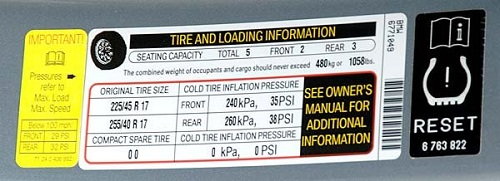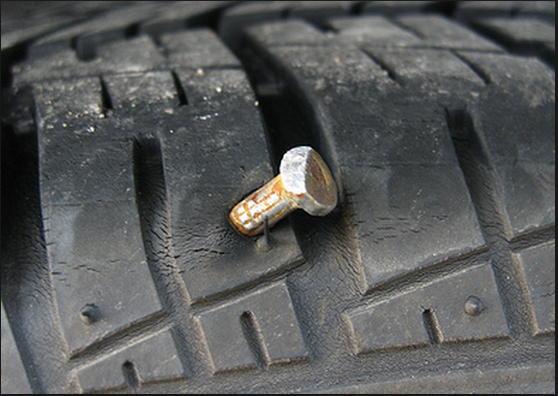Ford Mustang V6 and GT 1994-2014: Tire Diagnostic Guide
Diagnose any problems with your tires with the help of this article.
This article applies to the Ford Mustang V6 and Mustang GT (1994-2014).
There is a common saying that "Power is nothing without control" and that couldn't be any more accurate for many reasons. Not only is the Ford Mustang a powerful sports car, but like all cars, it relies on its rubber to turn, slow down and go around corners properly and safely, so maintaining your tires should always be a top priority. There are many things that can go wrong with tires, such as they can be deflated or over-inflated, they can be worn out unevenly, or even damaged from road debris. That's why we've compiled a guide with the most common ways to diagnose the tire problems in your Mustang. It's quite simple.

Materials Needed
- Tire patch kit
- Air compressor
Step 1 – Check tire pressure
The tires could have too much or too little air.
Your tires are most commonly filled with air, but manufacturers are also using nitrogen nowadays. Air is pumped into your tires and measures in psi, which means pounds per square inch. Tires have a suggested psi rate by their maker and it should be followed accordingly, as having too little air will not only damage the tires and possibly the wheel, but having too much air could also lead to a blowout. Finding the proper tire pressure is key.
- Open the driver's door and look at the sticker located by the B-pillar. It should have an image of a tire and suggest the proper cold psi ratings.
- Look on the sidewall of the tire for the psi rating.
- Use an air compressor and a well calibrated tire pressure gauge; remember to find out if the suggested tire rating is set for cold or warm tires. Cold means that they haven't been driven on prior to filling them up, and warm that they have been driven on recently.

Step 2 – Inspect for uneven wear
They could be misaligned.
If you aren't sure on how to examine the wear and tear of your tires, you may visit a professional tire shop to have it done. Your tires are made out of rubber, and rubber wears away with the more miles driven; therefore, if your wheel alignment is off, there may be spots on the tires that wear out unevenly and more than others. For example, tires worn out on the middle of the tire only means the tire is over-inflated, and if they are worn out on the edges, then the alignment can be off.
- Inspect tire tread surface.
- Inspect for shoulder or center excessive wear.
- Visit a tire shop if needed.

Step 3 – Look for damage
The tires could be torn or punctured.
A tire puncture won't always make the tire blow up under driving, or even deflate it while parked. A tire puncture could make a tire loose bits of air through many days or even weeks. Punctures are most commonly caused by screws, nails and other debris found on the highway, and even neighborhoods where construction may be common. Follow these steps:
- Inspect the surface visible on the tread patch of the tire.
- Move the vehicle forward or backwards couple of feet at a time to rotate the tires.
- Inspect for nails or anything that may have penetrated the rubber.
- Visit a repair shop if needed.

Related Discussions
- What Does Tire Wear Tell You - MustangForums.com
- Pulling to the Left with Good Alignment - MustangForums.com
- New Member with Alignment Issues - MustangForums.com
- Alignment Issues - MustangForums.com






